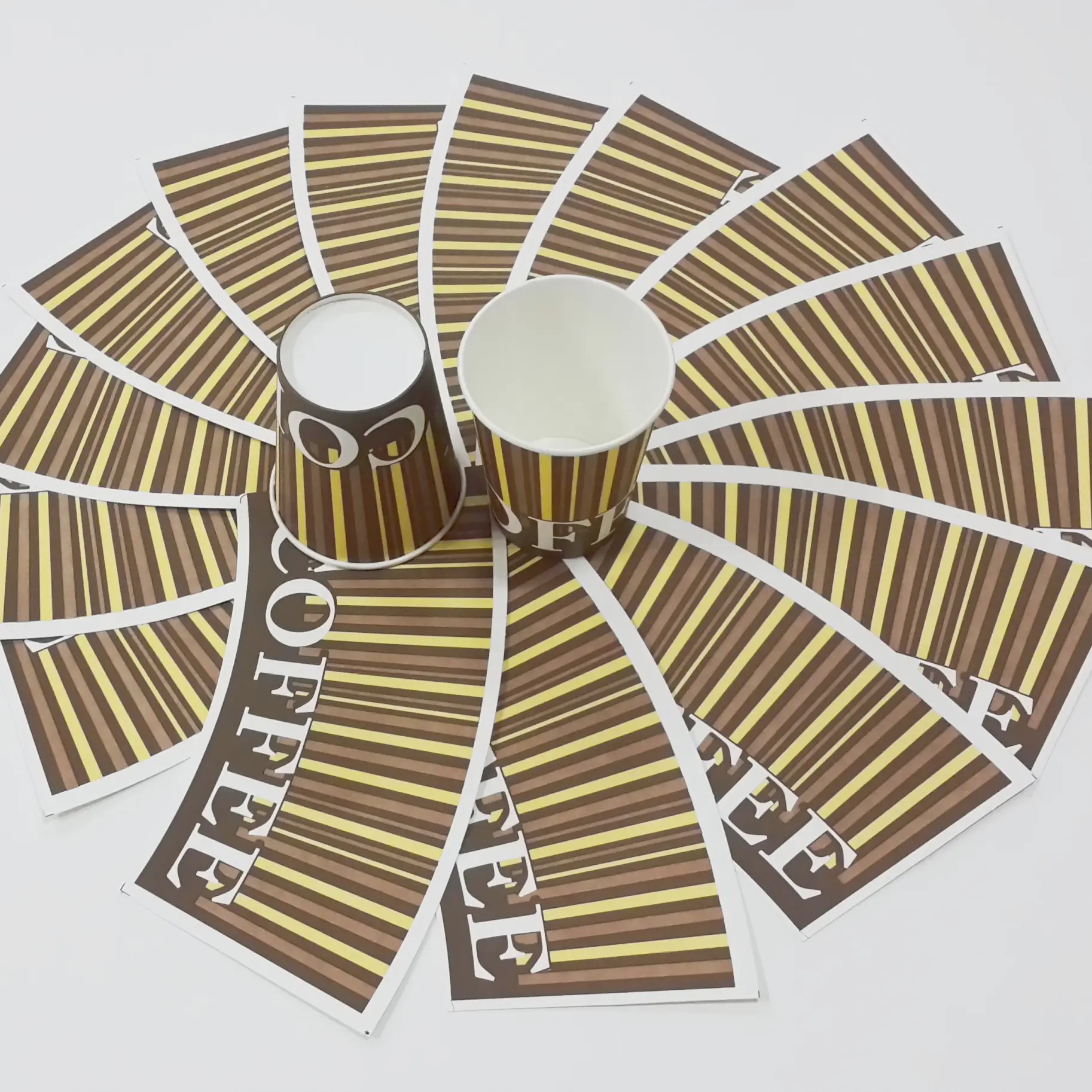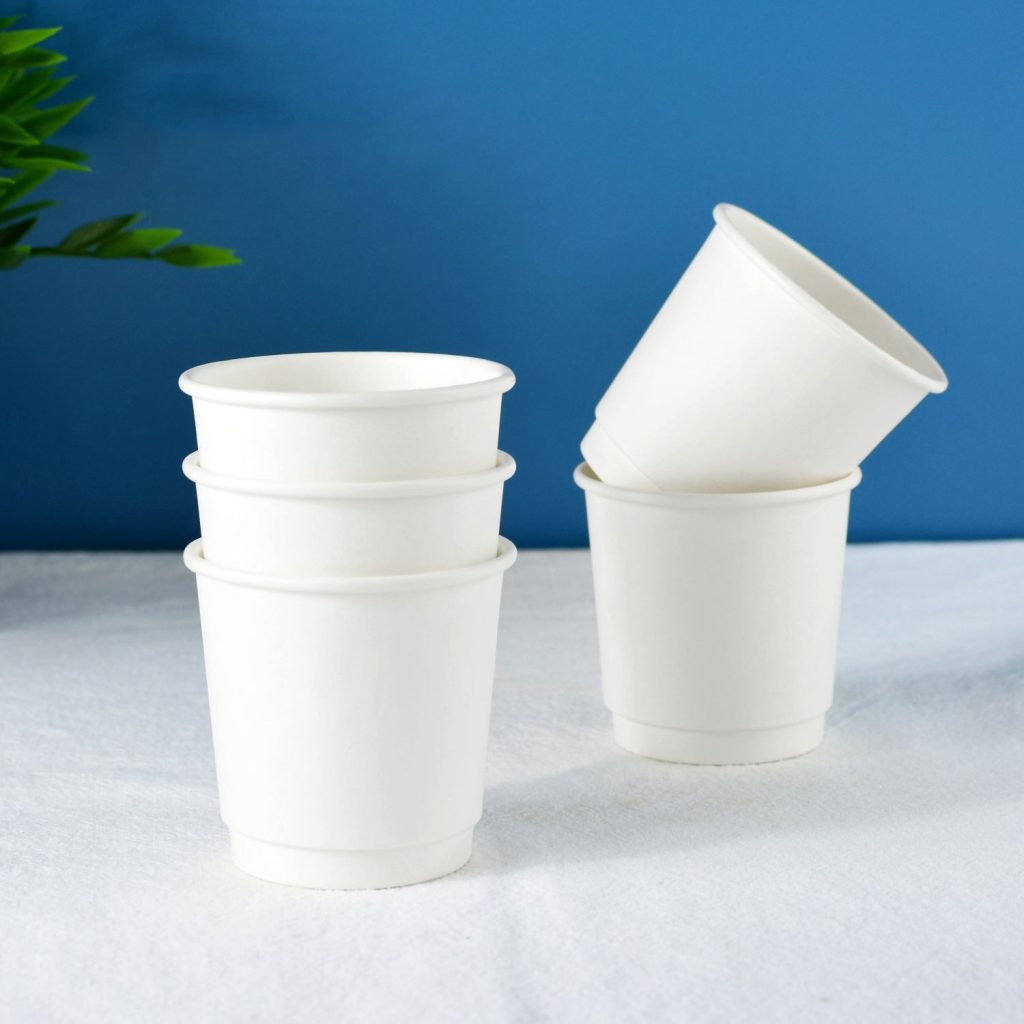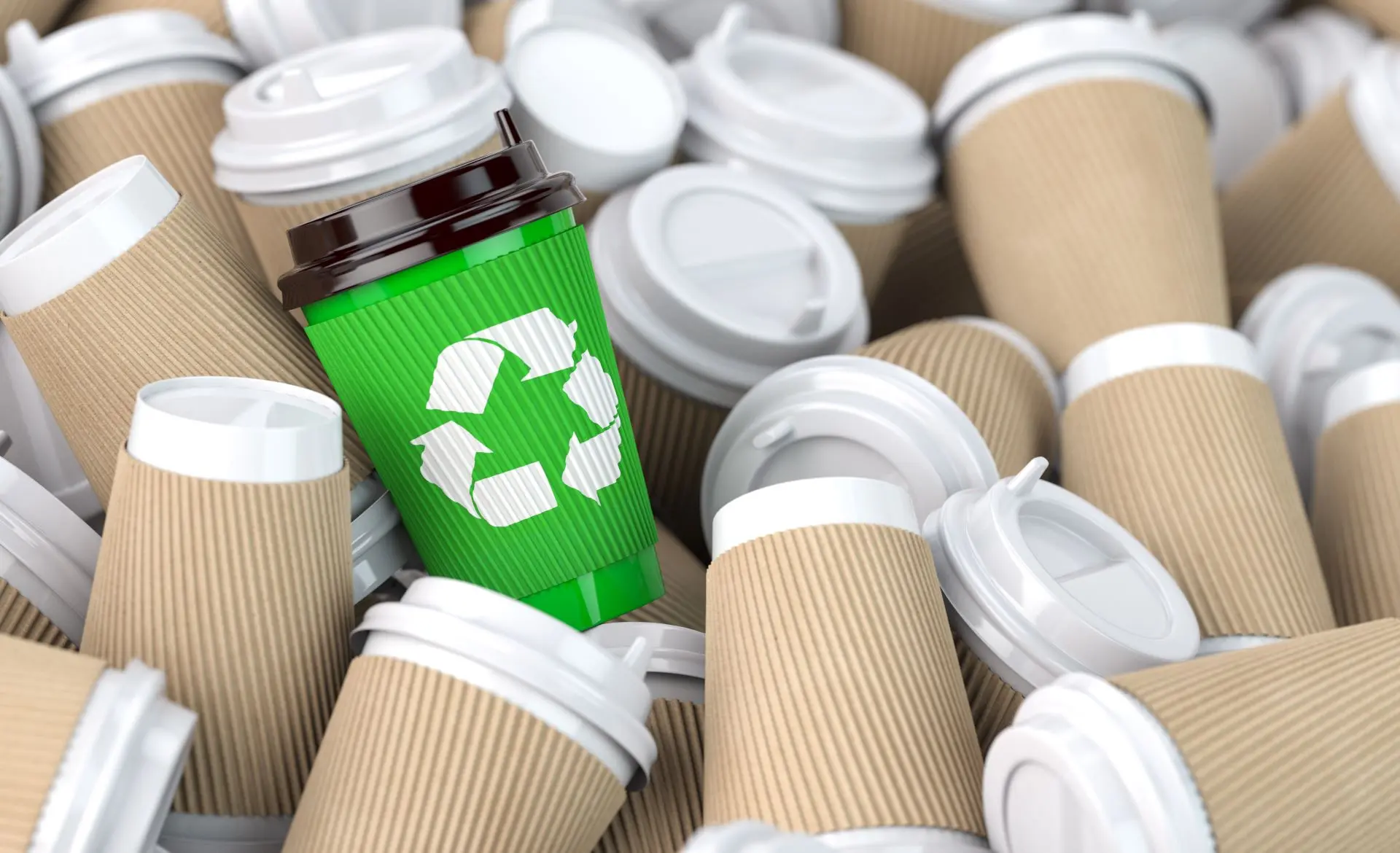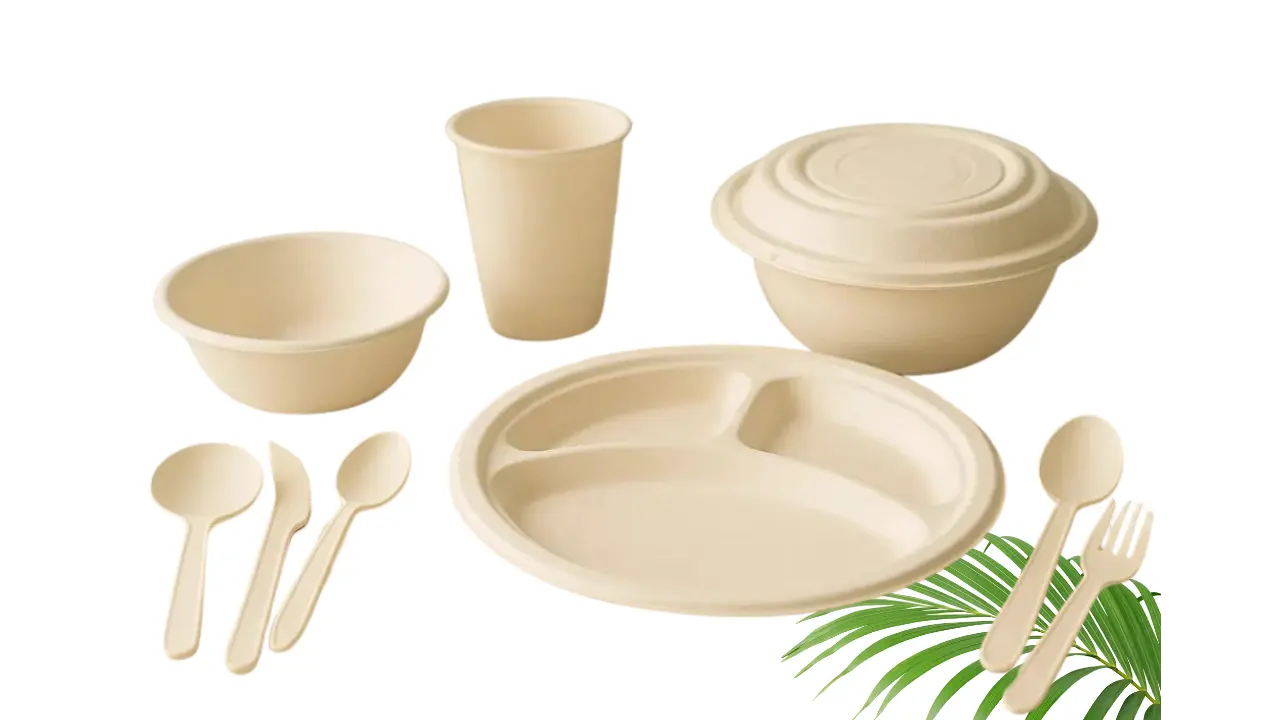Paper cup fan for making paper cup
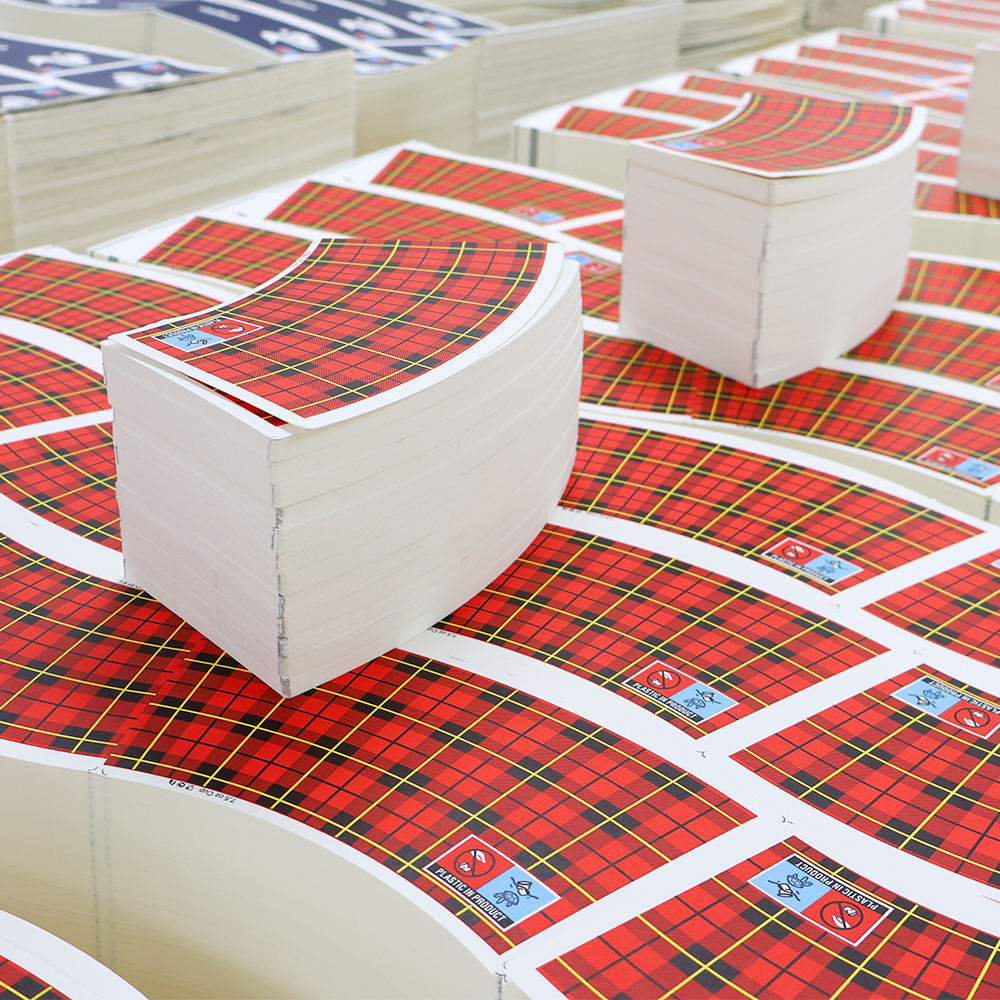
A paper cup fan is a specialized device designed to streamline the production of Paper Cups. This fan plays a crucial role in enhancing efficiency during the manufacturing process. By automating certain tasks, it allows for faster production and consistent quality.
Key Takeaways
- A paper cup fan automates the production of paper cups, increasing efficiency and ensuring consistent quality.
- Using PE-coated paper enhances durability and leak resistance, making it ideal for cup manufacturing.
- The paper cup fan reduces production costs and environmental impact through efficient material use and energy-saving practices.
Components of a Paper Cup Fan
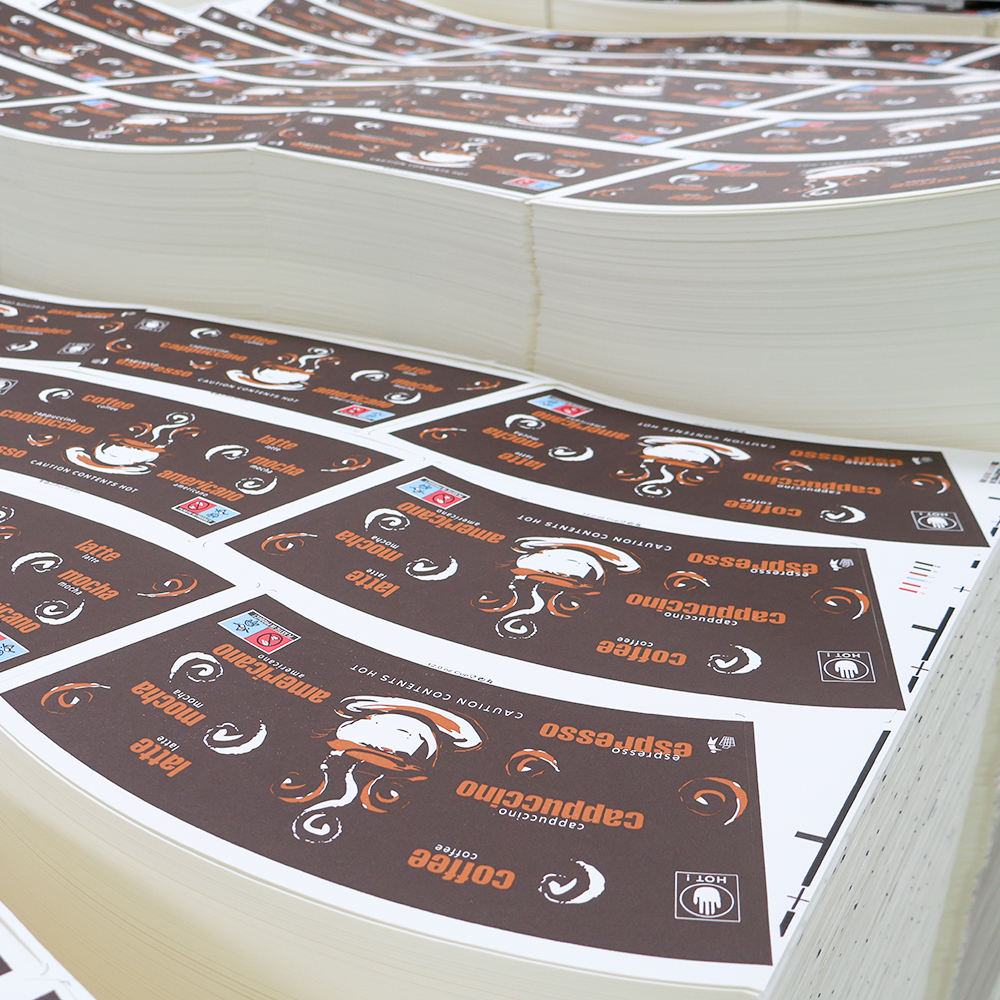
Main Parts
When I think about the essential components of a paper cup fan, several key parts come to mind. These parts work together to create an efficient and effective production process. Here’s a breakdown of the main components:
- PE-coated Paper Rolls: These rolls serve as the primary material for creating the cups. The polyethylene coating ensures that the cups can hold liquids without leaking.
- Printing Designs and Logos: Custom designs and branding are printed on the paper before it is formed into cups. This step adds a personal touch and enhances the product's appeal.
- Die-Cutting Mechanism: This component cuts the paper into fan-shaped pieces tailored to specific cup sizes. It ensures that each cup is uniform and meets quality standards.
- Ready-to-Use Cup Fans: These are the final products, ready for distribution. They are designed for convenience and efficiency in serving beverages.
Materials Used
The materials used in constructing a paper cup fan significantly impact its performance and durability. Here’s a closer look at some of the most common materials:
| Material | Purpose |
|---|---|
| PE (Polyethylene) | Provides a leak-proof barrier for holding liquids. |
| PLA (Polylactic Acid) | Offers a biodegradable option for Cup Coatings. |
Using innovative materials enhances the durability and performance of paper cup fans. For instance, the advanced coatings repel water, preventing the fans from becoming soggy or tearing. This feature is crucial for both indoor and outdoor use. As a result, I find that these advancements not only improve the longevity of the fans but also reduce the frequency of replacements, leading to cost savings and environmental benefits.
How a Paper Cup Fan Works
Operating Mechanism
The operation of a paper cup fan fascinates me due to its intricate design and efficiency. The fan employs several mechanical principles to ensure smooth production. Here’s how it works:
The process begins with a vacuum generator that sucks down the paper fan. This initial step is crucial for holding the paper in place as the machine progresses through the various stages of cup formation.
The sealing of the cup side occurs next, utilizing either a copper heater or an ultrasonic heater. This step ensures that the edges of the cup are securely bonded, preventing leaks. Following this, a robotic hand feeds the cup tube into the machine, pushing the cup body up to the mold.
The roller then moves the bottom paper forward to the cutter, which precisely cuts the bottom paper. After cutting, the bottom is folded using a heater, which preheats it with two air-blowing heaters. This ensures that the bottom adheres properly when sealed.
Finally, the curling unit uses a curling mold to finish the rim of the cup, and automatic cup collection occurs at the end of the process. The entire operation is a well-orchestrated sequence that maximizes efficiency and minimizes waste.
| Step | Description |
|---|---|
| 1 | Uses a vacuum generator to suck down the paper fan. |
| 2 | The cup side is sealed through copper heater or ultrasonic heater. |
| 3 | The cup tube is fed by a robot hand, pushing up the cup body to the mold. |
| 4 | The roller moves the bottom paper forward to the cutter, which cuts the bottom paper. |
| 5 | The bottom is folded by a heater and preheated by two air blowing heaters. |
| 6 | A bottom knurling heater is used for heating and knurling to seal the cup bottom. |
| 7 | The curling unit uses a curling mold to finish the curling rim. |
| 8 | Automatic cup collection occurs at the end. |
Step-by-Step Process
Creating paper cups using a paper cup fan involves several sequential steps. I find that understanding this process helps appreciate the efficiency of the machinery. Here’s a breakdown of the steps involved:
- Material Preparation: Gather PE Film Coated Paper, Cup Bottom Paper, and Cup Fan Paper.
- Printing: Print artwork or logos on the cup paper using a print machine.
- Die Cutting: Cut the printed paper into cup-fan blanks using a die-cutting machine.
- Cup Making: Feed the pre-cut printed cup-fan blanks and cup-bottom reel paper into the paper cup making machine to automatically create cups.
- Packaging: Pack the finished cups into plastic bags and then into carton boxes.
This systematic approach ensures that each cup produced meets quality standards while optimizing production time.
Safety is paramount during this process. Operators should wear appropriate personal protective equipment and follow lockout/tagout procedures during maintenance. Regular safety inspections and training on potential hazards are essential to maintain a safe working environment.
By understanding how a paper cup fan operates and the steps involved in manufacturing, I feel more equipped to appreciate the technology behind this everyday item.
Benefits of Using a Paper Cup Fan
Using a paper cup fan offers numerous advantages that enhance the overall production process. I have found that these benefits significantly impact efficiency, cost, and environmental sustainability.
Efficiency in Production
One of the most compelling reasons to use a paper cup fan is its efficiency in production. The automated processes involved in cup manufacturing streamline operations, allowing for higher output in less time. I appreciate how the fan minimizes manual labor, which reduces the likelihood of human error.
The precise die-cutting and forming mechanisms ensure that each cup is uniform, which is crucial for maintaining quality standards. Additionally, the integration of advanced technology allows for rapid adjustments during production, accommodating different cup sizes and designs without significant downtime. This adaptability is vital in meeting varying customer demands.
Cost-Effectiveness
Cost-effectiveness is another significant advantage of using a paper cup fan. The initial investment in this machinery pays off quickly due to reduced labor costs and increased production rates. I have observed that the overall manufacturing costs break down as follows:
| Stage | Description |
|---|---|
| Raw Material Costs | Costs associated with PE-coated paper rolls. |
| Printing | Expenses for branding and design on paper rolls. |
| Die Cutting | Costs for preparing fan blanks through die cutting. |
| Forming | Final assembly costs for producing paper cups. |
By optimizing each stage of production, the paper cup fan helps lower the total cost per unit. This efficiency allows businesses to offer competitive pricing while maintaining healthy profit margins.
Environmental Impact
The environmental impact of using a paper cup fan is another area where I see significant benefits. The fan contributes to reducing waste in the manufacturing process through several key practices:
- Efficient Material Use: Optimized cutting patterns and the use of recycled materials help minimize waste.
- Energy-Efficient Manufacturing Processes: Implementing lean manufacturing and using energy-efficient machinery reduces energy consumption.
- Sustainable Production Techniques: Utilizing renewable energy sources and cold pressing techniques lowers the environmental impact.
- Waste Reduction Initiatives: Setting zero-waste goals and using biodegradable adhesives contribute to waste minimization.
- Smart Inventory Management: Demand-driven production and just-in-time manufacturing prevent overproduction.
Moreover, the energy requirements for producing paper cups are significantly lower compared to alternatives. For instance, manufacturing a paper cup requires only 0.5 MJ of energy, while plastic cups need to be used at least 12 times to match the efficiency of a paper cup. This comparison highlights the sustainability of using a paper cup fan in production.
In summary, the paper cup fan enhances production efficiency and sustainability. It reduces plastic pollution and promotes recycling, which is crucial given that only 9% of global plastic waste is recycled. I encourage you to explore making paper cups using this innovative fan. The benefits are clear, and the process is rewarding! 🌱
FAQ
What types of paper can I use with a paper cup fan?
I recommend using PE-coated paper for durability and leak resistance. PLA-coated paper is also a great biodegradable option.
How long does it take to produce paper cups?
Using a paper cup fan, I can produce thousands of cups in just a few hours, depending on the machine's speed and settings.
Are paper cups environmentally friendly?
Yes, paper cups are more eco-friendly than plastic. They are often recyclable and can be made from sustainable materials, reducing overall waste. 🌱

